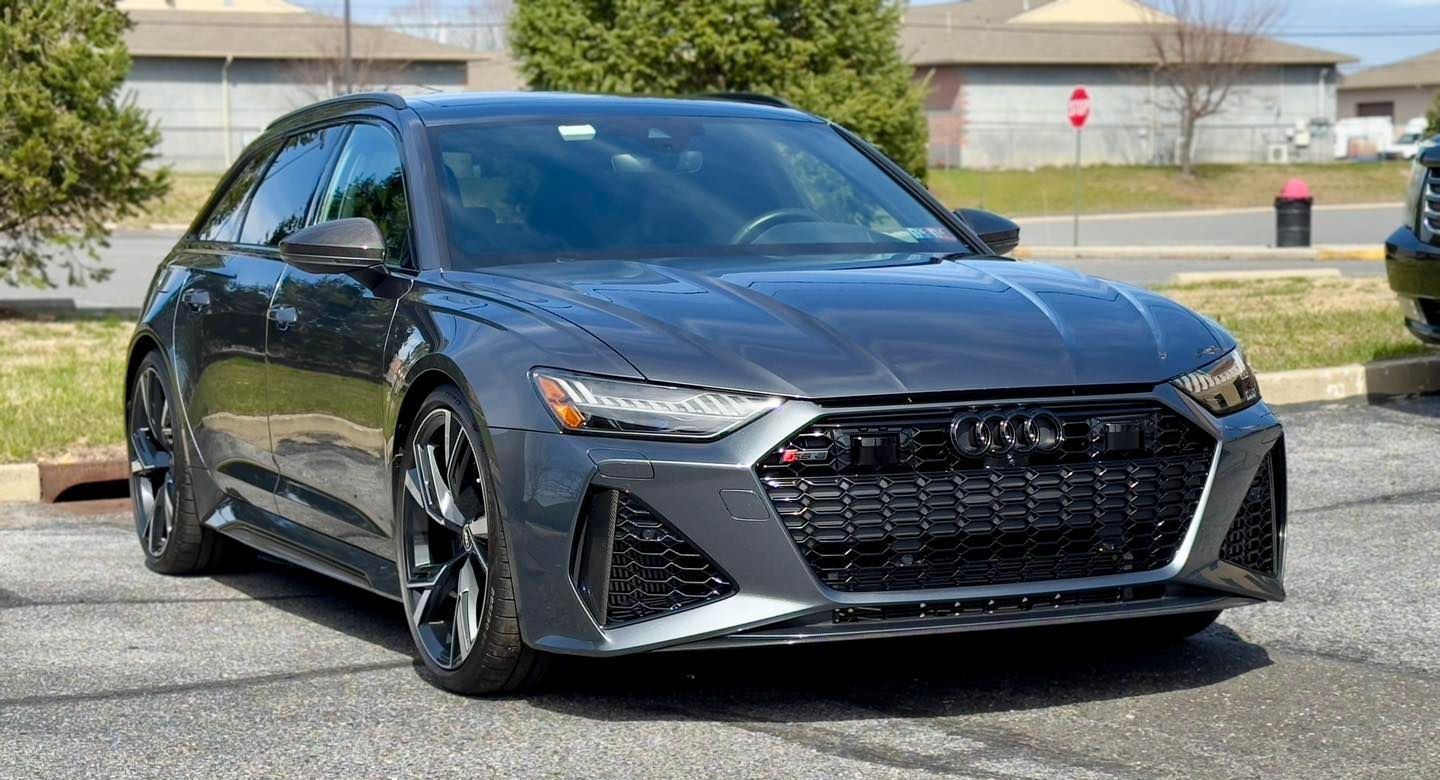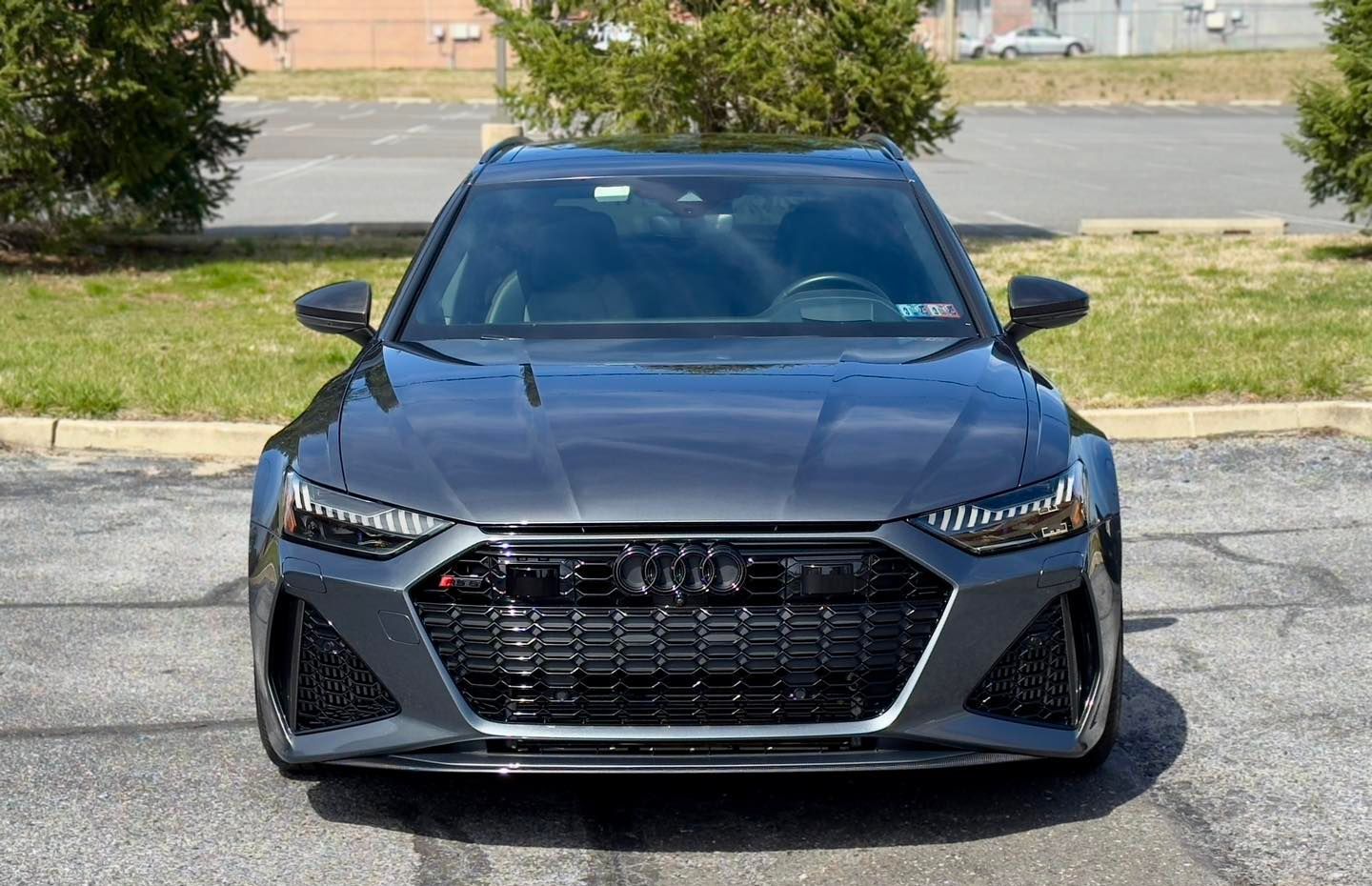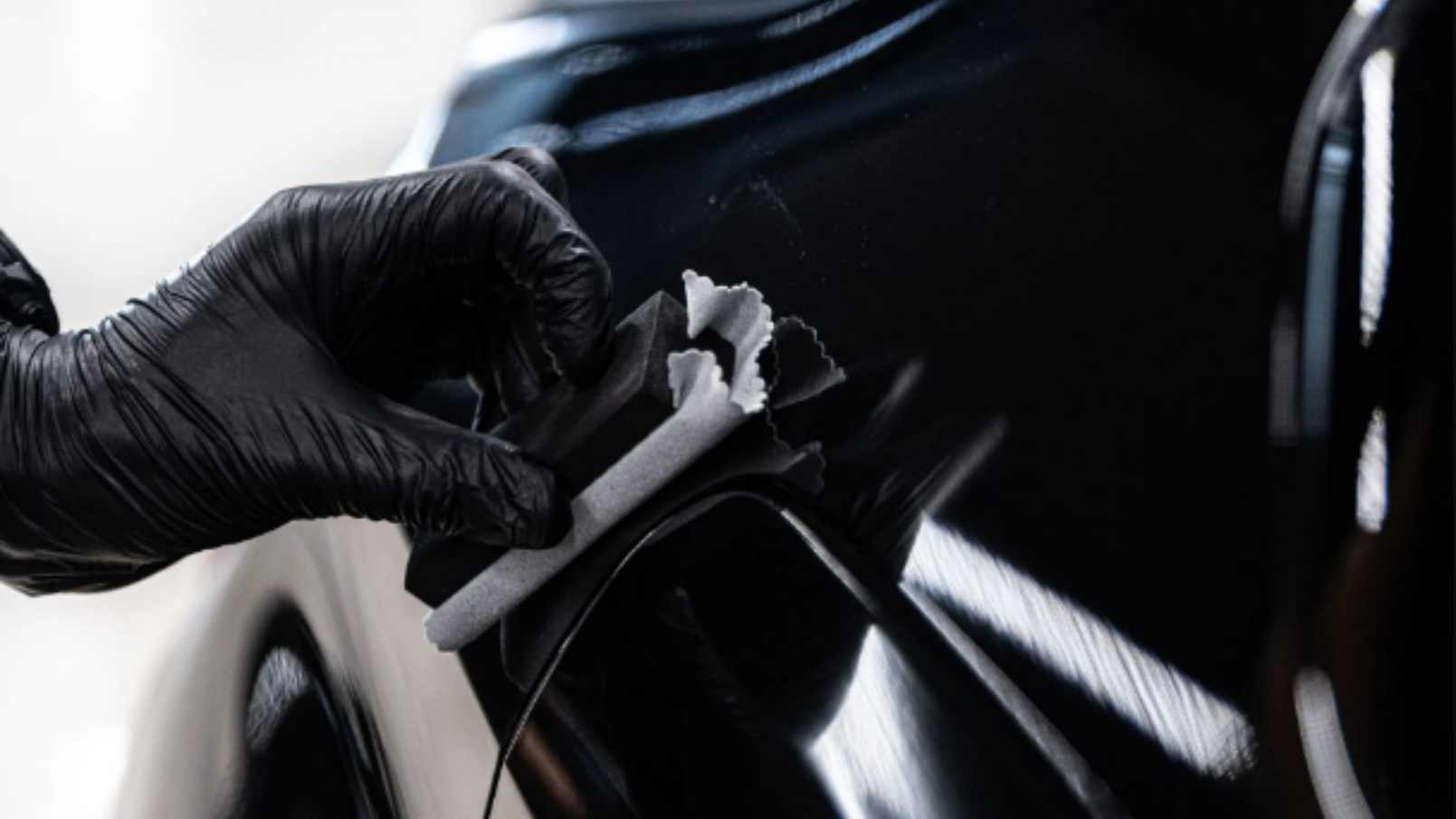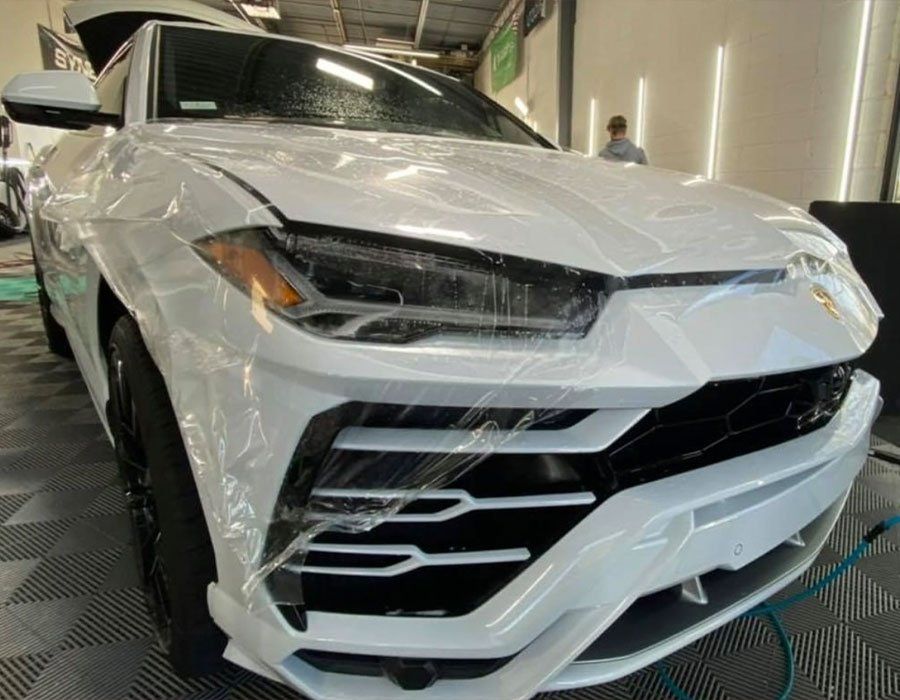Ceramic Coating Myths: Understanding the Truth Behind Benefits and Maintenance
When it comes to protecting your vehicle's paint, many drivers are turning to ceramic coatings for their promised long-lasting benefits. However, there's a lot of confusion swirling around these protective layers. Are they truly a magic shield against scratches and dirt? Can you apply one and forget about it forever? The truth is, while ceramic coatings offer significant advantages, they come with a few misconceptions that could lead car owners astray. Let’s dive into some common myths and understand what ceramic coatings can really do for your vehicle—because knowing the facts can save you time, money, and disappointment down the road.
Key myths about ceramic coatings include the belief that they are a one-time, set-and-forget solution and that they provide scratch-proof protection. In reality, ceramic coatings require regular maintenance to ensure longevity and can protect against environmental contaminants but are not immune to deeper damage; additionally, proper preparation before application is essential for achieving optimal results.
Unveiling Common Myths About Ceramic Coating
- Ceramic Coatings Are a One-Time Solution: This misconception lingers because many people believe that once they apply a ceramic coating, their vehicle is good to go indefinitely. However, the truth is quite different. Ceramic coatings provide long-term protection from environmental elements, but they require consistent attention and care. Regular inspections by professional detailers help maintain the integrity of the coat.
- Ceramic Coatings Are Scratch-Proof: A survey indicates that approximately 85% of users anticipate absolute scratch resistance. The reality, though, is more nuanced; while these coatings offer significant resistance to environmental contaminants, deeper abrasions can still cause damage. To maximize the life of your coating, handling your vehicle carefully is prudent, as no protective layer can withstand every possible encounter with sharp objects or heavy impacts.
- Ceramic Coatings Can Effectively Hide Blemishes and Imperfections: This assumption can lead to disappointment, as ceramic coatings function similarly to a clear coat; they do not mask underlying issues such as swirl marks or chips. For discerning owners who want to achieve optimal results, addressing any paint defects before application is imperative. This foundational step leads to a smoother finish and enhances the overall appearance post-coating.
As we clarify these misunderstandings, we must now direct our attention toward the authentic advantages and distinct features that these coatings provide for vehicle enthusiasts and ordinary drivers alike.
Real Benefits and Advantages
While ceramic coatings may not perform miracles, they provide real benefits that can significantly enhance vehicle maintenance. First and foremost, these coatings boast enhanced durability. On average, a well-maintained ceramic coating can last anywhere from 2 to 5 years, which is substantially longer than traditional waxes that typically require reapplication every few months. For busy car owners juggling work, family, and life in general, this extended lifespan means less time spent maintaining the exterior while saving money in the long run. According to various industry reports, owners who invest in ceramic coatings can expect to save approximately 30-50% on detailing costs over the lifespan of the product due to reduced washing frequency and the longevity of the protective layer. This cost-effectiveness often makes ceramic coatings an appealing option for those looking for both quality and value.
Another impressive advantage is their superior hydrophobic properties. Ceramic coatings create a water-repellent shield, leading to water beading up and rolling off the surface rather than pooling or streaking. This hydrophobic effect is more than just visually appealing; it also helps keep your vehicle cleaner for longer periods since dirt and grime have a harder time clinging to the surface. As if that weren't enough, these coatings provide UV and chemical protection as well. Harmful UV rays from the sun are notorious for causing paint oxidation and fading over time; however, ceramic coatings can block up to 99% of these harmful rays. Additionally, they create a strong barrier against everyday contaminants like bird droppings, sap from trees, and harsh road salts that can eat away at your vehicle’s finish if left untreated. In fact, vehicles exposed to the elements without proper protection are prone to severe damage that could result in costly repairs down the line.
Comparing Ceramic Coating to Wax
Understanding these differences can help you make a more informed choice for your vehicle. First and foremost, longevity and protection are pivotal factors. While wax typically needs reapplication every 2-3 months, a high-quality ceramic coating can last up to five years when properly cared for. Imagine that—five years of protection without the stress of constantly reapplying! This durability offers superior defense against environmental contaminants such as dirt, bird droppings, or tree sap, which can damage your car’s paint over time. In contrast, although wax gives your car a lovely glossy finish, it’s far less resistant to contaminants compared to ceramic coatings. Cost is another key consideration that should factor into your decision. When evaluating cost over time, it's essential to recognize that while ceramic coatings come with a higher initial investment—often ranging from $500 to $2,000—they tend to be more economical in the long haul due to their extended lifespan and reduced maintenance requirements.
After factoring in the repeated applications of wax along with their associated costs—typically between $20 and $100—it becomes clear that regular waxing can accumulate expenses quite rapidly. You could find yourself spending much more over time if you choose the waxing route instead of a one-time professional installation of a ceramic coating. It’s worth noting how these options compare in terms of ease of maintenance. If convenience is your goal, many enthusiasts advocate choosing ceramic coatings for their minimal upkeep and less frequent reapplication needs. With ceramic coatings, vehicles often require less intense cleaning routines since they possess self-cleaning properties. This means mud and grime are more likely to slide off rather than cling stubbornly to the surface. For those who value time saved during car maintenance, this characteristic alone makes ceramic coatings an attractive choice.
Proper Maintenance Practices
Even the most durable ceramic coatings require proper care to ensure they continue to perform at their best. A crucial aspect of this care involves washing your vehicle using gentle techniques that won't compromise the coating. For instance, employing a two-bucket method is highly recommended. This involves filling one bucket with a pH-neutral soap solution and the other with plain water for rinsing your sponge or wash mitt. This approach significantly minimizes the risk of scratching your car’s surface—dirt or debris clinging to your sponge can act like sandpaper if you’re not careful. Remember, it's vital to avoid abrasive materials such as rough sponges or brushes that could mar the smooth finish of your ceramic coating.
In addition to being mindful of your washing techniques, the choice of cleaning agents is equally important. Some common cleaning products might seem harmless but can actually degrade the protective layer of your ceramic coating over time. It’s best practice to opt for specially formulated, pH-neutral car shampoos designed specifically for vehicles with ceramic coatings. These products provide the cleaning power needed without risking damage to that crucial hydrophobic barrier your coating provides. Harsh chemicals can strip away the very properties that make ceramic coatings attractive in the first place—water beading and protection against contaminants.
After you've washed and rinsed, it’s equally important to periodically check your vehicle for any signs of wear or damage. Conducting regular inspections allows you to catch potential issues early and address them before they escalate into more significant problems. You may see that dirt is sticking where it shouldn't or that the coating isn't beading water. These are signs it may be time for some extra attention or a professional detail. Scheduling biannual inspections with a professional detailer ensures that any minor issues can be rectified immediately while also maintaining optimal performance and protection for your vehicle. Following these maintenance practices helps prolong the lifespan and effectiveness of your ceramic coating. Under proper care, expect your coating to last between 2 to 5 years, ensuring your vehicle retains its shine and color without premature fading or damage from contaminants. Keeping this routine not only saves you from costly repairs down the road but also preserves your vehicle's aesthetic appeal for miles and years to come.
Essential Care For Coated Surfaces
One of the most important aspects of keeping those coatings looking pristine is to address contaminants immediately. When substances like bird droppings or tree sap land on your vehicle's surface, they become problematic. These contaminants can etch into the coating if left unattended for too long. The key is to act quickly; ideally, you should clean them off within 24 hours. Utilizing a quick detailer spray not only helps but also simplifies spot cleaning. Think of it as a fast-food approach for your car’s paint—efficient and low-maintenance but still fulfilling.
With that in mind, consider the tools you'll use for cleaning. High-quality microfiber towels are essential for maintaining the integrity of your ceramic coating. They’re soft enough to prevent micro-scratches while effectively lifting dirt and grime away from surfaces. However, cleanliness is crucial; it’s important to wash these towels regularly. Accumulated particles trapped in the towel fibers can inadvertently damage the coating during subsequent uses. Regular washing not only preserves their softness but also ensures their effectiveness.
After caring for your towels, think about where your vehicle will rest. Parking solutions play a crucial role in protecting both the vehicle itself and its ceramic coatings. Whenever possible, opt for shaded or covered areas to minimize direct UV exposure, which can break down reflective properties over time. Furthermore, investing in a car cover provides an additional layer of protection, particularly during extended periods when the vehicle remains inactive. In addition to all this, be proactive about conducting routine maintenance washes every 1-3 months. This not only keeps your vehicle looking sharp but also helps preserve that effective barrier against environmental hazards.
Key Considerations Before Application
Planning and preparation are essential to achieving the best results with ceramic coatings, and it all begins with surface preparation. A meticulous wash and decontamination of your car's exterior are crucial. Picture this: if your vehicle has dirt, grime, or any contaminants lingering on its surface, these impurities will get sealed beneath the protective layer of the coating. This is why cleaning and paint correction are vital steps that set the stage for success.
Surface Preparation
Ensure you thoroughly wash the vehicle using high-quality cleansers that lift away dirt without scratching. Follow up with decontaminating agents like iron removers or clay bars to eliminate embedded particles that can mar the finish. Failing to do so means imperfections will not only be visible but may also compromise the durability of the coating itself.
After you've adequately prepared the surface, the next step is product selection. This requires careful consideration, as different coatings come with varied levels of protection and application requirements. It’s important to evaluate options based on your specific needs and budget. For instance, if you're looking for superior water-beading performance and UV resistance, you'll want to choose a product known for those traits specifically.
Professional Installation vs. DIY
Now comes one of the most critical decisions: opting for professional installation or tackling it yourself with a DIY kit. While DIY kits might seem appealing due to their lower cost, they demand meticulous attention to detail during preparation and application. Even a small oversight can lead to uneven coverage or premature failure of the coating. However, professional application tends to ensure an even coating and optimal performance. While it does increase upfront costs, many users have reported elevated satisfaction levels when coatings are applied by professionals. They often highlight benefits like fewer issues with adhesion or premature wear.
By weighing these considerations thoughtfully, you establish a solid foundation for making informed decisions about ceramic coatings. These preliminary steps not only position you for success in applying a ceramic coating but also ensure that you enjoy its lasting benefits well into the future. Ultimately, understanding these key factors simplifies your journey in selecting and maintaining ceramic coatings for your vehicle’s preservation. You deserve a gleaming finish that protects while enhancing your car's aesthetic appeal.
Top Ceramic Coating Services in West Berlin, NJ
When it comes to long-lasting shine and uncompromising surface protection, Envy Executive Automotive Protection delivers some of the finest ceramic coating services in West Berlin, NJ. Their expert application techniques and advanced formulas help shield your vehicle from harsh weather, road grime, and UV damage—while enhancing depth and gloss like never before. Book your appointment today and experience what true automotive surface protection feels like.








